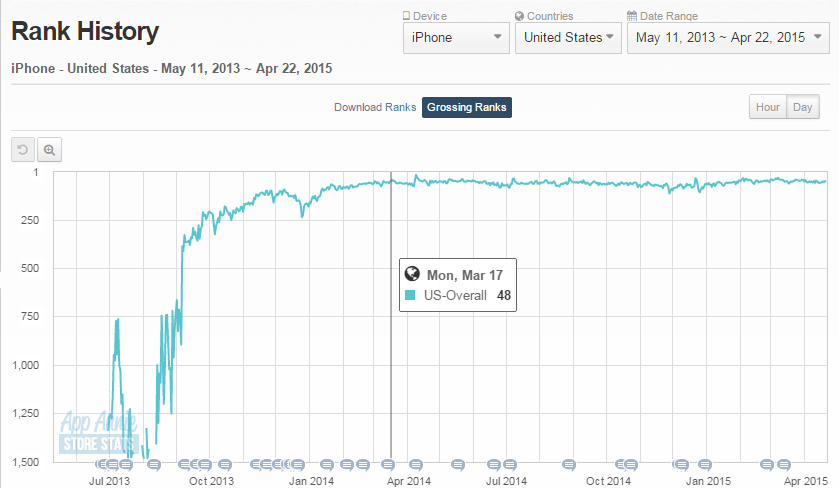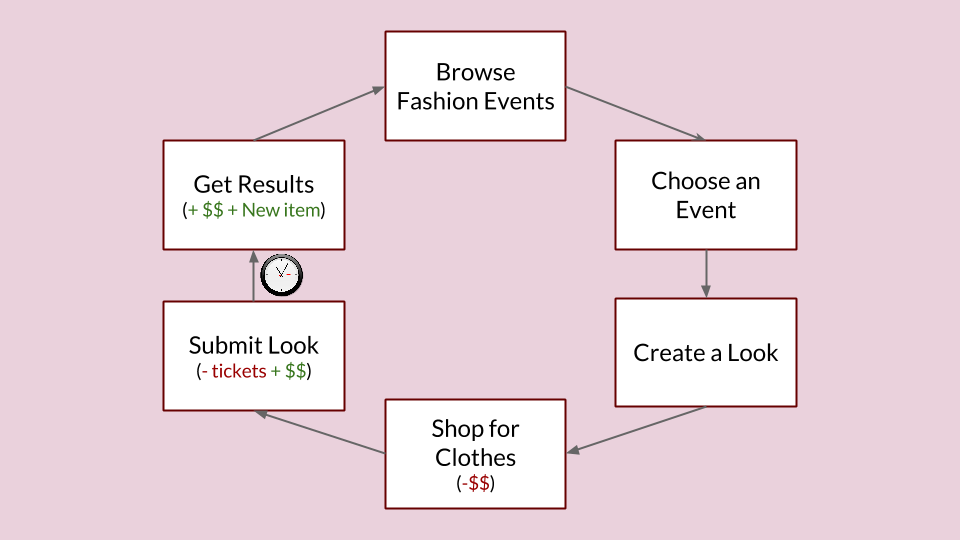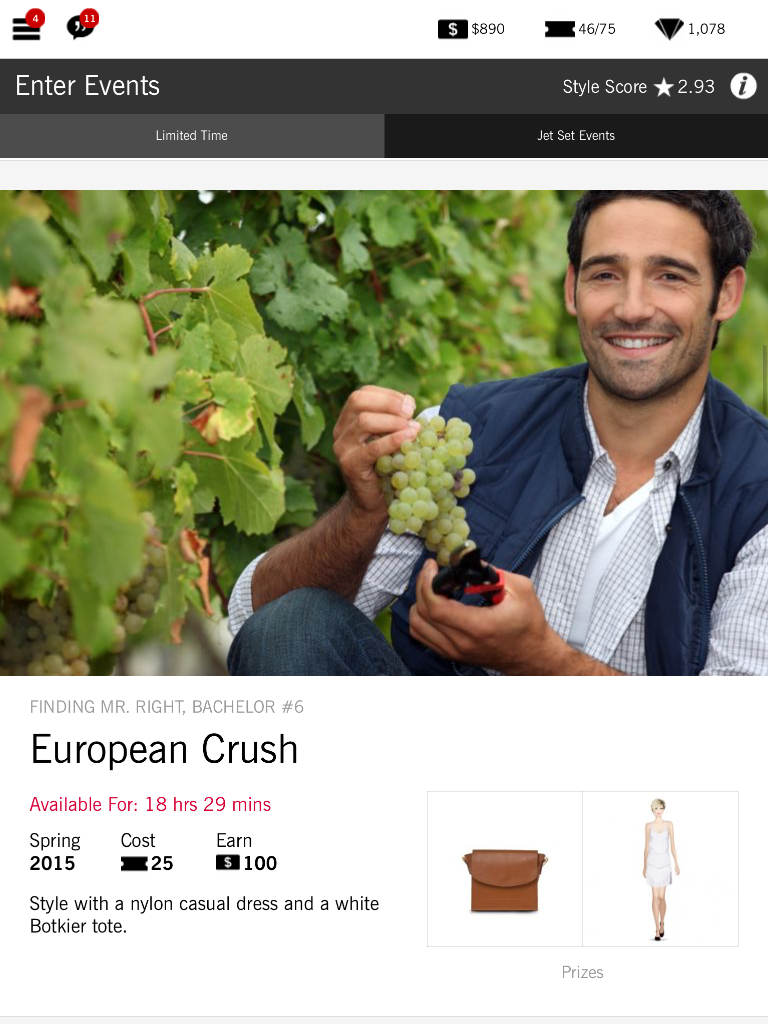Imagine that there was an app that lets its users build an avatar and dress her up for glamorous events. There’s a huge pool of clothes and accessories, all from real brands.
Imagine that users vote on each other’s looks and those with good scores get virtual prizes. (More clothes!). Imagine that all clothes are purchasable from within the app and connected to the brand’s website. Now stop this guided imagery and get Covet Fashion from the app store near you.
Covet Fashion was launched by the mobile gaming company Crowdstar almost two years ago, and it is still in somewhat stealth mode despite being in the top 50 grossing apps for over a year. These dollars do not come from brands but from the app’s loyal users who spend money on virtual diamonds turn to virtual clothes in their wardrobe. “Revenue per install has grown tenfold since the game’s launch. Revenue for the company doubled year-over-year in 2014” told Jeff Tseng, Crowdstar’s CEO to VentureBeat.
There’s a lot to learn from Covet Fashion about UX and product design. I will focus on 3 topics:
- The core game loop
- User experience for girls Vs. for boys
- Virtual – real life connection
1. The Core Game Loop
The idea of users shopping for real clothes through a game-like app is novel But the main business goal of Covet fashion is to seduce users to spend real money on virtual currency within the app. It is done using a strong core game loop that goes as follows:
Setting the stage
After logging in for the first time, the user gets 4000 virtual dollars and 75 tickets for fashion events. Before she knows it she’s already browsing through some very seductive photos. These photos are invitations for virtual events.
Fashion events
The heart of Covet Fashion. Each presents a different styling challenge. Dress up for your movie premiere, or “dress for a decadent five-course meal, prepared specifically for you, by a celebrity chef, at a Michelin star restaurant”, for example. The users scroll through the different challenges until they find the one that stirs their imagination.
Investment
Let the fun begin! It’s time to create a look. The users can wear stuff from their own closet but that’s lame. Preferably, they would shop through thousands of branded dress up items and pick the ones they feel are best for the challenge. Each item is bought with virtual dollars/diamonds. When finished, the users submit the look for the community to judge and are prompted to vote for the looks of others.
Each event costs tickets to enter and yields a changing amount of virtual dollars as a prize for its participants. Bonuses are given for “unworn” items and for latest collections. This urges the user to buy new clothes for each event.
External Triggers
This is Covet’s secret sauce. It takes up to a few hours for the event’s results to come in. When they do, the user gets a notification to come back and see them. Results are performance dependant. Most of the time it’s just winning some extra virtual bucks, but If the user did exceptionally well, she would get a special dress up item. This is the ultimate variable reward and the user knows that there are pleasant things waiting for her behind that push notification.
Now that she is back in the app, why not browse for some more cool events to dress up for?
2. User experience for girls Vs. for boys
95% of Covet Fashion users are women. This is great for Crowdstar on many levels. A good product/market fit is one of them, also the fact that women are prone to spend money on clothes. Covet Fashion is an outlet for this desire. When I first downloaded the app I clearly played it “wrong”. I chose the events that paid best, I bought the cheapest items to get the “unworn” bonuses and saved my money for future events where I might need to buy costly items. I played to “win”. However, when my GF got hooked on Covet, I got the chance to see the app through her own eyes and the experience is 180 degrees different.
She chooses to participate in all events, no matter what prizes they might bring. She takes her time to create a special look for each event while consulting with her friends on her fashion house. She spent all her money on a whim and started to plug the app to her Facebook friends so she could get their signup bonus. She is playing for “fun” and she is all-in.
Covet fashion is a shining example for making a product especially for women.
3. Virtual – Real Life Connection
Covet fashion is a hybrid of a real life fashion app and a virtual game. All items are branded and can be purchased through the app. If an item is purchased in the real world, the user gets a satisfying amount of virtual coins in the app. Some fashion events are branded as well and the brand’s own stylists might choose their favorite looks and comment on it. The app even offers promotions that aren’t related to fashion, like buying coffee in a certain chain for virtual diamonds in the app. I don’t know the numbers, but I know the potential. Huge.
To sum it up
Crowdstar’s Covet Fashion is a very unique and addictive product surfing almost alone in the “app for women” blue ocean. By understanding their target audience’s desires Crowdstar have created an app that is almost impossible to resist once you get to it. This application is a dream come true for fashionistas. Endless glamorous events to dress up for, a vast amount of designer’s clothes, and the cherry on top: A closet of infinite size where all items are sorted and found in the tap of a touch screen. Even if fashion ain’t your thing, I urge you to check out this product and share your thoughts with me. Will we be seeing “covet for…” apps in the near future?



